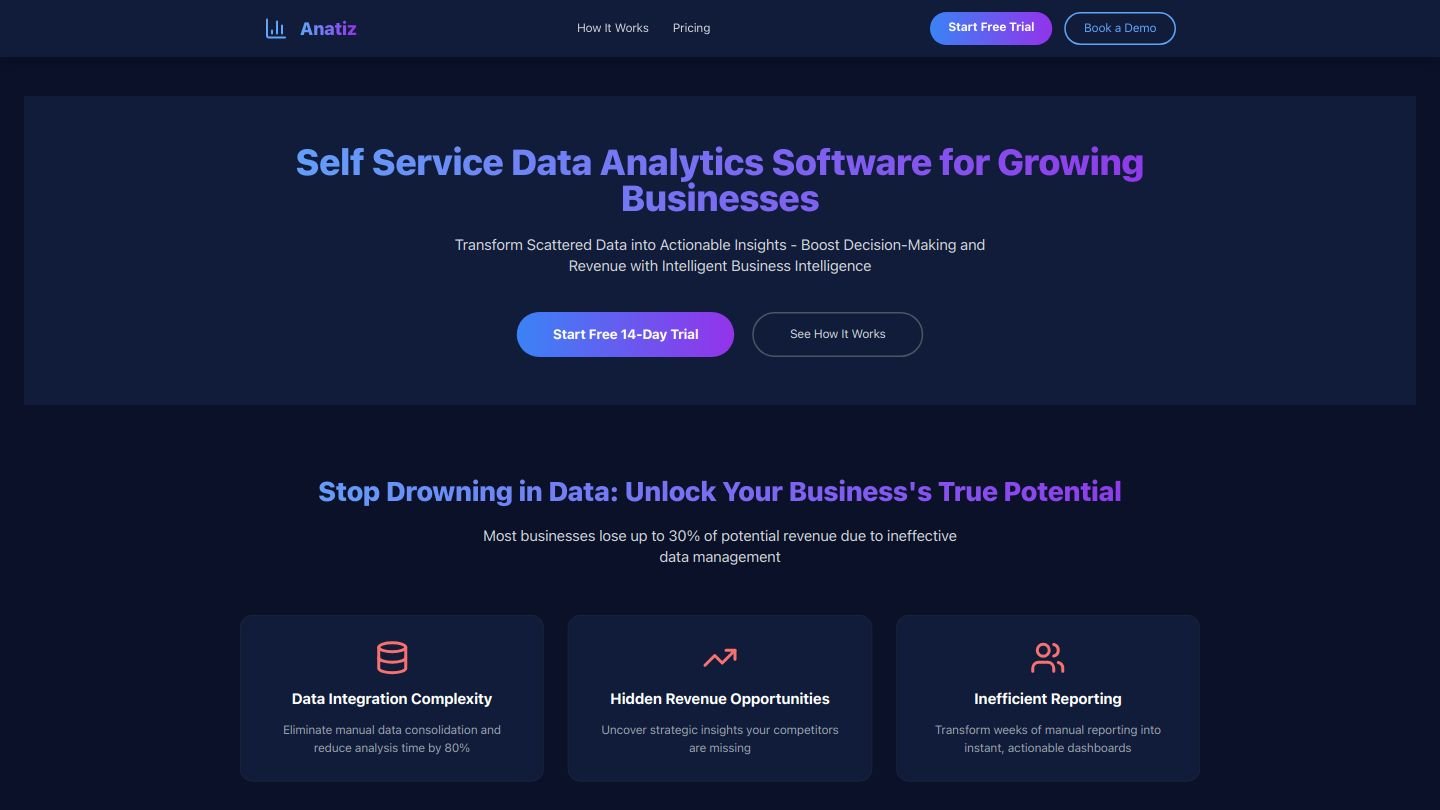
Invariant Benchmark Registry
Visit SiteThe provided text appears to be a leaderboard or a ranking of AI models on various tasks, including productivity automation, natural language processing, and harm prevention. The table format indicates that each row represents a specific model and task, with columns displaying the model's performance (accuracy) and exploration traces.
Here are some observations and insights from this leaderboard:
- Dominance of GPT-4o models: Many models, such as gpt-4o-mini, gpt-4o, and AgentHarm-gpt-4o-mini, achieve high accuracy on various tasks, suggesting that the GPT-4o architecture is a strong performer.
- Variability in performance: Models like SteP and webarena-step have lower accuracy compared to other models, indicating variability in their performance across different tasks.
- Specialized performance: Some models, such as AgentHarm-gpt-4o-mini, are designed specifically for harm prevention, demonstrating the importance of addressing AI safety concerns.
- Multi-turn and single-turn performances: The Berkeley Function Calling leaderboard shows that multi-turn models perform worse than single-turn models, highlighting the challenges of handling longer input sequences.
- Productivity automation: Models like AgentDojo-gpt-4o-2024-05-13-repeat_user_prompt and AgentDojo-claude-3-5-sonnet-20240620 demonstrate strong performance in productivity automation tasks.
To gain a deeper understanding of these results, it's essential to consider the following factors:
- Task requirements: Each task has unique requirements, such as input sequence length or prompt complexity.
- Model architectures: Different models are designed for specific tasks and may have varying strengths and weaknesses.
- Training data and optimization: The quality and quantity of training data, as well as the optimization techniques used, can significantly impact model performance.
This leaderboard provides a starting point for exploring AI model performance on various tasks. Further analysis and investigation will be necessary to understand the underlying factors contributing to these results and identify opportunities for improvement.
Related Tools

Peaka Data Integration Platform | Data stack in minutes
Peaka integrates all the data sources, such as databases, SaaS tools, NoSQL and APIs, and shows them as a single data source immediately.

TRIBAL KNOWLEDGE - When you need it right the 1st time
CI CD tool for Databases

Anatiz | Self Service Data Analytics Software for Business Intelligence
Transform your business data into actionable insights with Anatiz. Our Self Service analytics platform helps growing businesses boost revenue through...